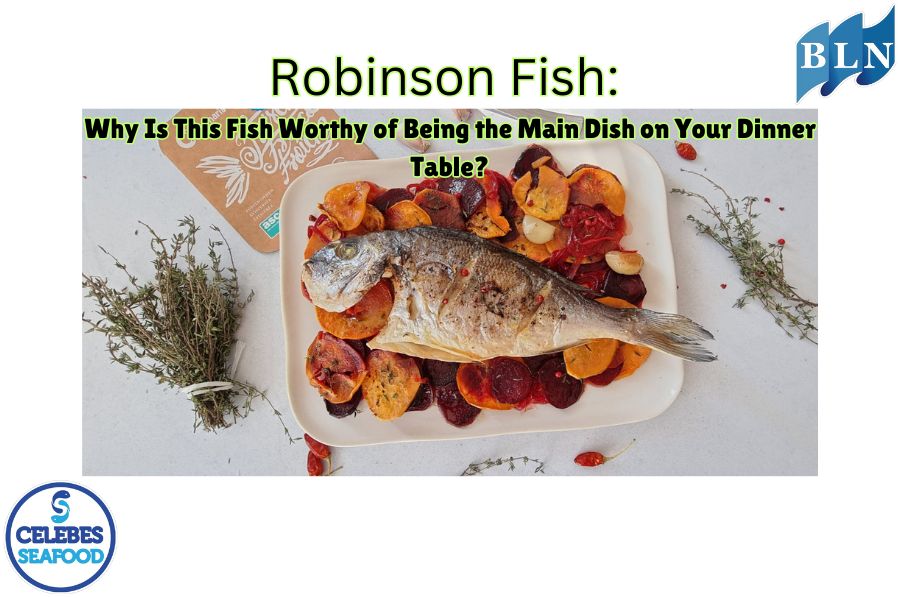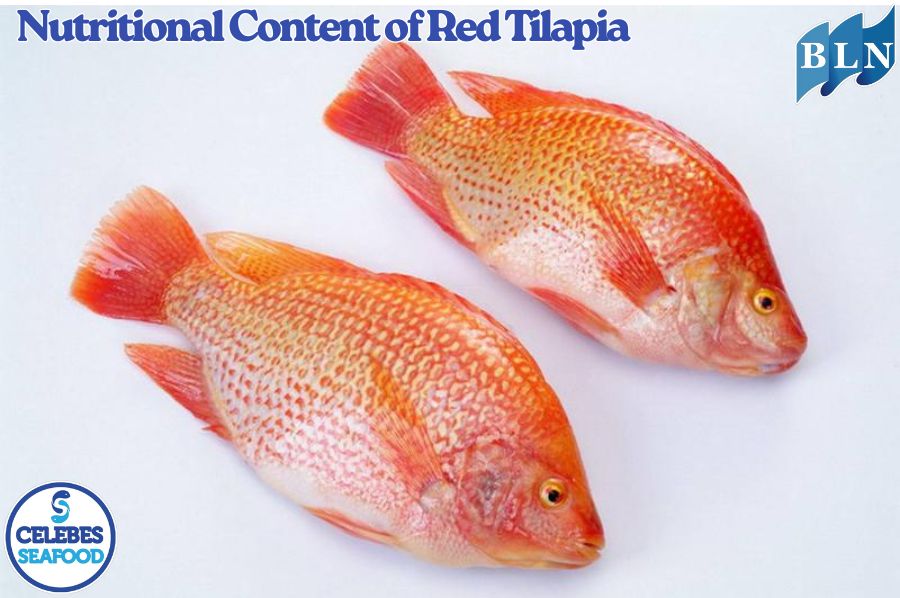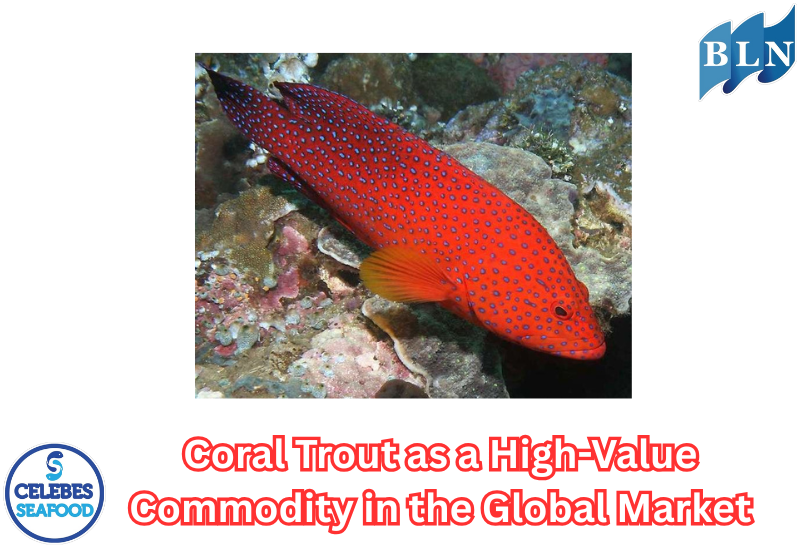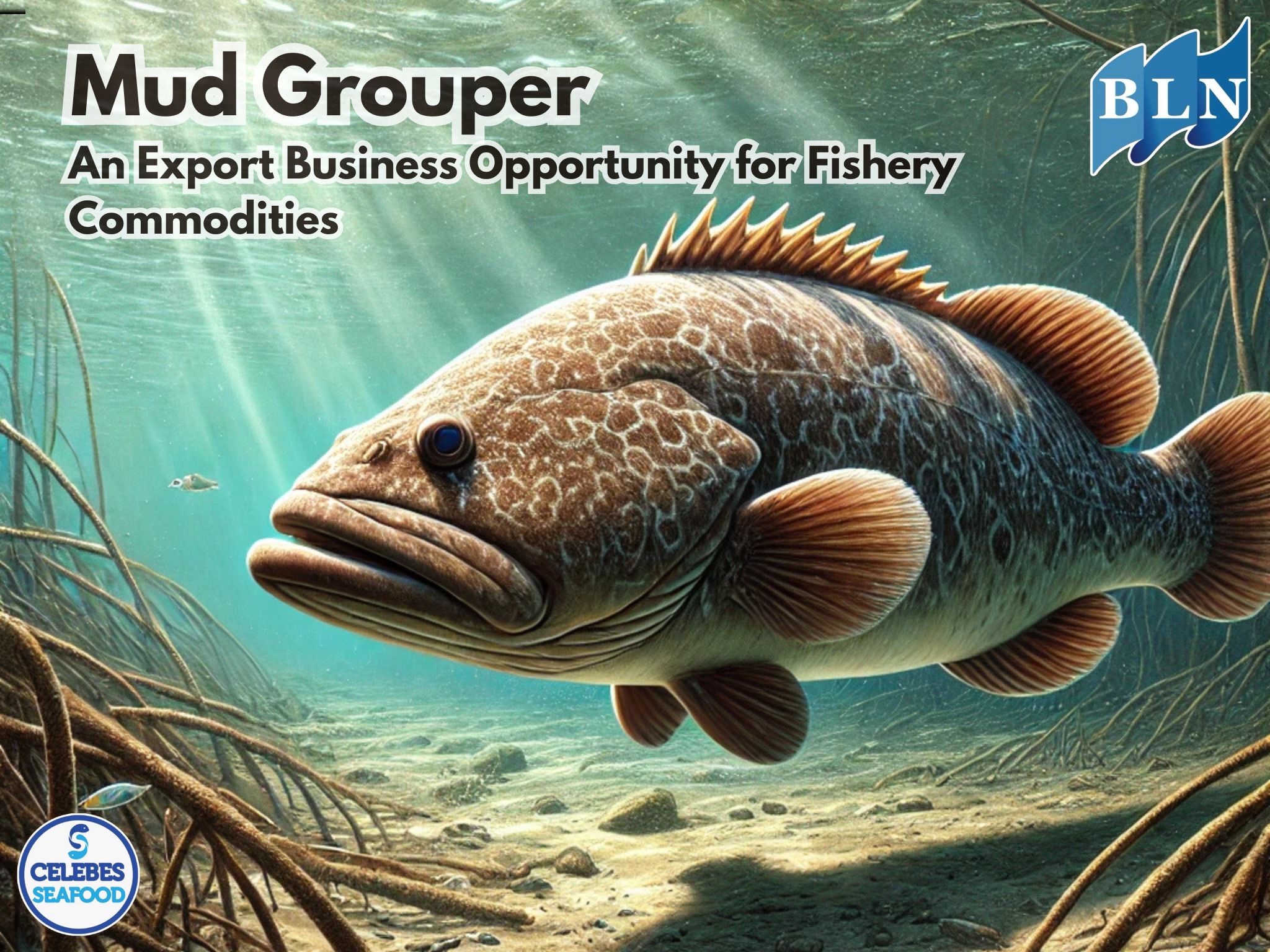The Ecological Role of the catfish (Plectorhinchus flavomaculatus) in Marine Ecosystem Balance
By. Amma - 01 Aug 2025 in Marine Ecosystem Balanceks paragraf Anda.jpg)
lautnusantara.com The catfish (Plectorhinchus flavomaculatus) , which is the common name for several species of the Lethrinidae family (emperors or emperor breams), plays a significant ecological role in maintaining the balance of marine ecosystems, particularly in coral reefs and seagrass beds. This role encompasses several important aspects:
1. Predators and Population Control
Catfish (Plectorhinchus flavomaculatus) are generally carnivorous or omnivorous with a preference for carnivory. They prey on a variety of benthic organisms such as crustaceans (crabs, shrimp), mollusks (snails, clams), worms, and small fish. By preying on these organisms, the kaci-kaci fish helps control the populations of their prey. This is important to prevent population explosions that can disrupt community structure and the balance of resources in the ecosystem. For example, if the population of certain herbivores is not controlled, they can overconsume algae, potentially damaging coral reefs.
2. Decomposers and Ecosystem Cleanliness
Some species of catfish are also known as detritus scavengers, or organic detritus scavengers. By consuming dead organic matter and decaying materials, they contribute to the recycling of nutrients in the ecosystem. This helps maintain a clean seabed and prevents the buildup of excessive organic matter, which can lead to anoxic conditions (lack of oxygen) and negatively impact other organisms.
3. Food Web Contributors
As an integral part of the marine food web, catfish serve as a crucial link between lower trophic levels (primary and secondary consumers) and higher trophic levels (apex predators such as sharks or marine mammals). They convert energy from smaller organisms into biomass that can then be consumed by larger predators. This ensures an efficient flow of energy throughout the ecosystem.
4. Sediment Bioturbators
While foraging on the seabed, especially in sandy or muddy areas, catfish can bioturbate sediment. This activity involves digging up and moving seabed sediment. Although its impact varies depending on the species and size of the fish, bioturbation can help aerate sediment and release trapped nutrients into the water column, which can then be utilized by primary producers such as phytoplankton and algae.
5. Ecosystem Health Indicator
The presence and abundance of sea bream populations can be indicators of the health of coral reef and seagrass ecosystems. Healthy populations indicate that the environment is capable of supporting mid-level predators, while drastic declines can indicate environmental stressors such as overfishing, pollution, or habitat destruction.
Overall, sea bream play a crucial, multifaceted role in the dynamics and stability of marine ecosystems. Understanding and protecting their ecological roles is crucial for biodiversity conservation and the sustainability of marine resources.
If you are interested in our CORAL TROUT WGG WHOLE GILLED GUTTED,Coral Trout Fillet Skin On please do not hesitate to contact us through email and/or whatsapp.
 in Protecting Shrimp Commodities from Radioactive Contamination.png)







